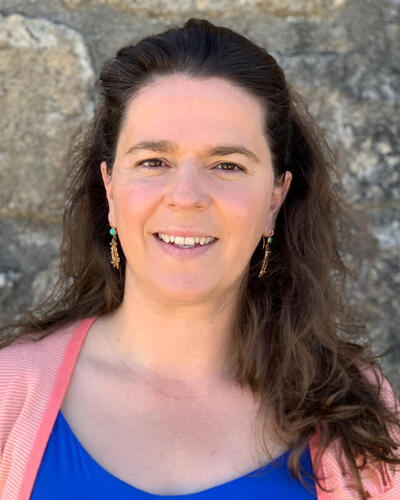
Exploring the deep ocean
From the 1300 m deep Norwegian fjords, the coral-associated grounds on the outer continental shelf, the Barents Sea, and to depths down to 3000 m along the Arctic Mid-Ocean Ridge. SponGES researchers has worked 24/7 to study very different deep-water sponge grounds.
Main content
For three weeks in 2017, G.O.Sars, one of the most advanced research vessels of its kind, took our researchers through Norway's western fjords and up into the Arctic Circle. A troupe by Euronews Knowledge, consisting of Denis Loctier and Thierry Winn, joined them for some days. This is their report:
Scientists absorbed by deep-sea sponges - futuris
Landers equipped with a set of sensors and devices have been deployed on the bottom at different depths and for different periods (including almost one year, from the last G.O. Sars cruise).
Short- and long-term monitoring of environmental conditions is crucial to understand the preferred environmental setting needed to sustain sponge grounds, helping to explain why they are growing exactly where they are, and enabling predictions about the effect a changing environment will have on their distribution in the future.
About SponGES
- Research and innovation project funded under the H2020 Blue Growth BG1 call aimed at “Improving the preservation and sustainable exploitation of Atlantic marine ecosystems”
- Coordinator: University of Bergen, Norway (Prof. Hans Tore Rapp)
- Co-coordinators: Florida Atlantic University, USA (Prof. Shirley Pomponi) and Fisheries and Oceans Canada (Prof. Ellen Kenchington)
- Consortium: 18 EU, USA and Canadian partners
- Timeframe: 4 years (March 2016 – February 2020)
- Budget: 10 Million euros
To such an end, SponGES researchers collected data from the water column around and above the sponge grounds, took sediment samples and measured the near-bed environmental conditions. Further work and data analysis will be carried out on stored samples once back to the labs.
In-situ incubation experiments have been carried out deploying incubation chambers between 1000 and 800 m depth, and deep-sea sponge specimens have been collected to be transported live back to Bergen or for mesocosm experiments to be run onboard.
The latter complement the work performed with incubation chambers on the seafloor, exploring the uptake of different natural food sources (bacteria, phytoplankton, viruses, and dissolved organic carbon (DOC)) by the sponges. Results from these experiments will help us to understand their role in oceanic nutrient cycling.
A combination of video footage and ROV-mounted multibeam has proved to be a very powerful tool for fine-scale mapping of the seabed, leading to maps with only 1 cm resolution where even single sponges are clearly visible.
Coupled with new information on reproduction, genetic diversity and physiological responses of deep-sea sponges, these maps will help assess the direct and indirect impact of stressors such as bottom trawling on sponge grounds, and also to forecast their recovery potential thereby improving fishery management.
Here is a quick look at some of the research facilities of RV G.O.Sars, one of the world's most advanced and quietest vessels of its kind:
Research vessel G.O.Sars
